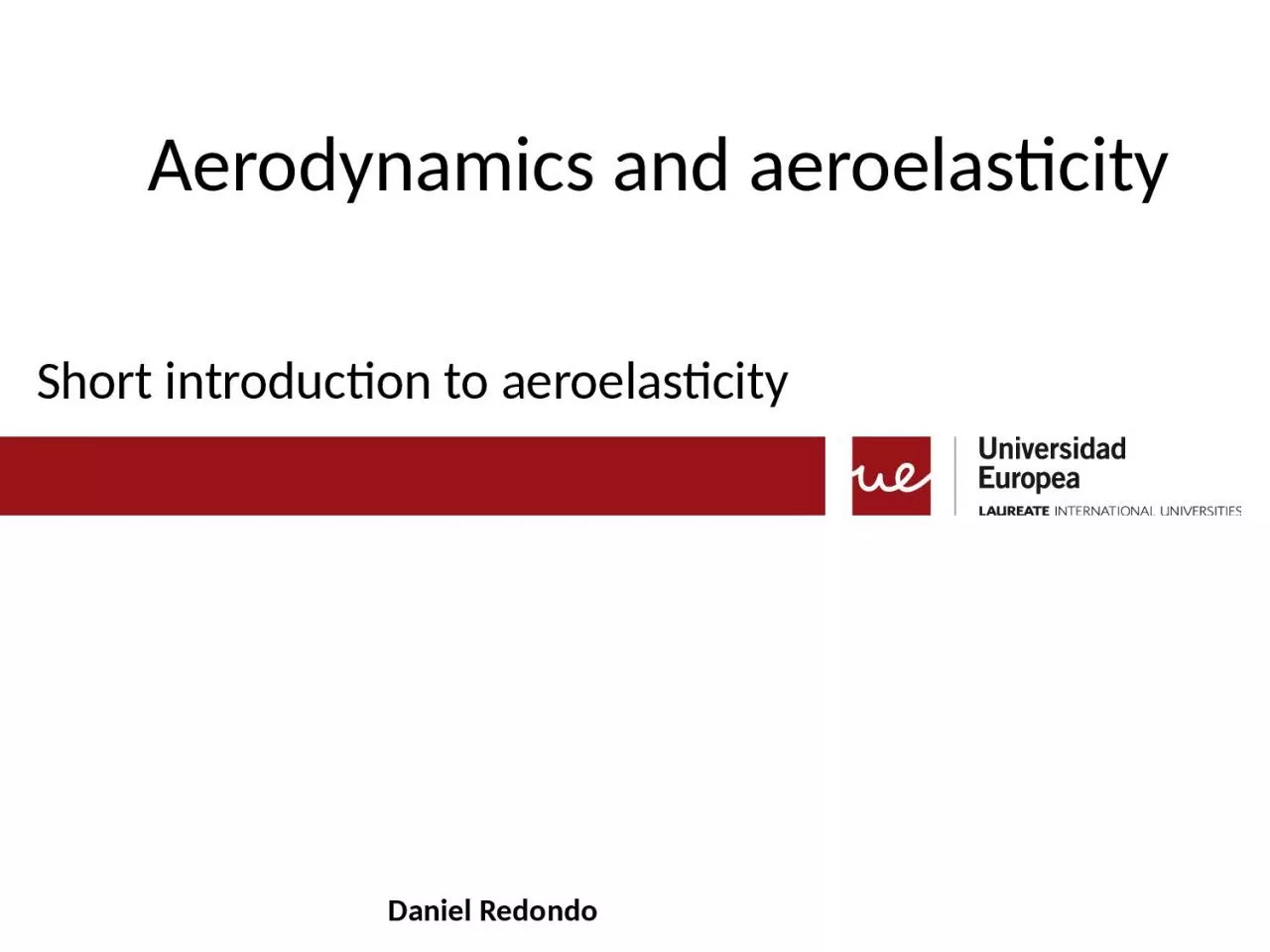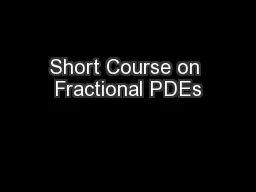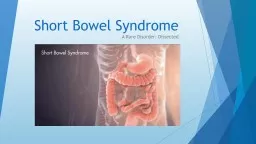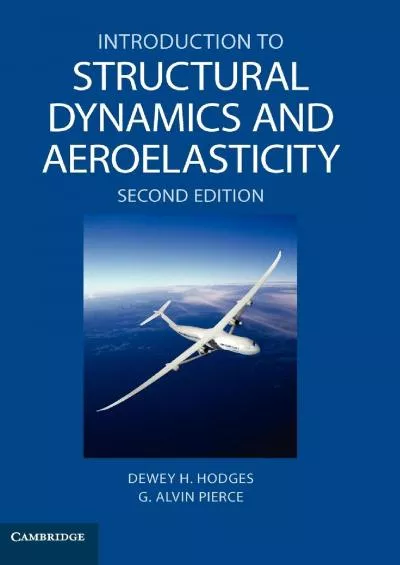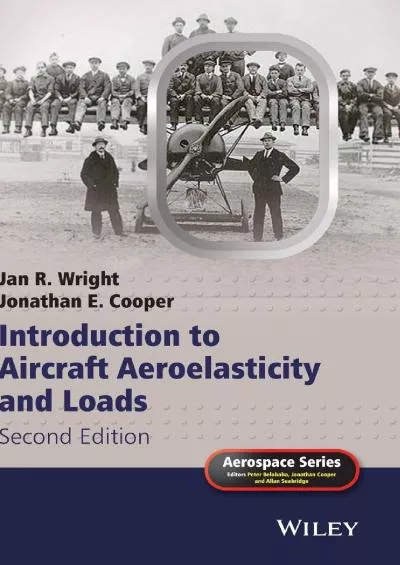PPT-Short introduction to aeroelasticity
Author : elysha | Published Date : 2024-03-13
Introduction Aeroelasticity is the term used to denote the field of study concerned with the interaction between the deformation of an elastic structure in an
Presentation Embed Code
Download Presentation
Download Presentation The PPT/PDF document "Short introduction to aeroelasticity" is the property of its rightful owner. Permission is granted to download and print the materials on this website for personal, non-commercial use only, and to display it on your personal computer provided you do not modify the materials and that you retain all copyright notices contained in the materials. By downloading content from our website, you accept the terms of this agreement.
Short introduction to aeroelasticity: Transcript
Download Rules Of Document
"Short introduction to aeroelasticity"The content belongs to its owner. You may download and print it for personal use, without modification, and keep all copyright notices. By downloading, you agree to these terms.
Related Documents

